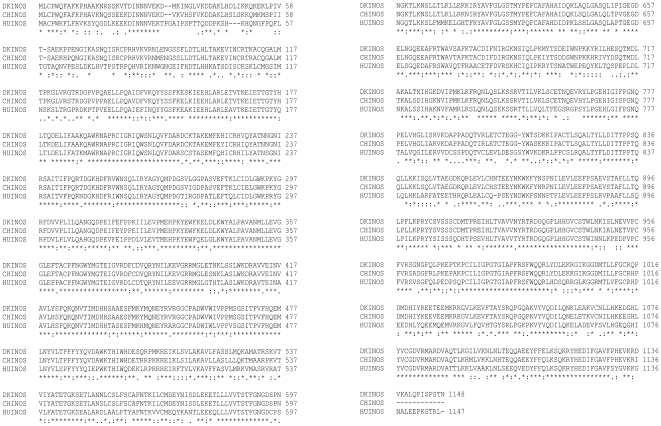Figure 2. Duck iNOS amino acid sequence alignment.
The open reading frame of the duck iNOS (DKINOS) sequence was analyzed through the Clustal W program and the predicted amino acid translation is shown in comparison to that of human (HUINOS) and chicken (CHINOS) iNOS. An asterisk (*) indicates identical amino acid residues while a colon (:) indicates a strongly conserved amino acid substitution and a dot (.) represents a weakly conserved amino acid substitution. Dashed sections (−) represent gaps introduced to optimize the alignment and numbers represent aa number. The nucleotide sequence was subsequently deposited to GeneBank (accession No. FJ966247).

